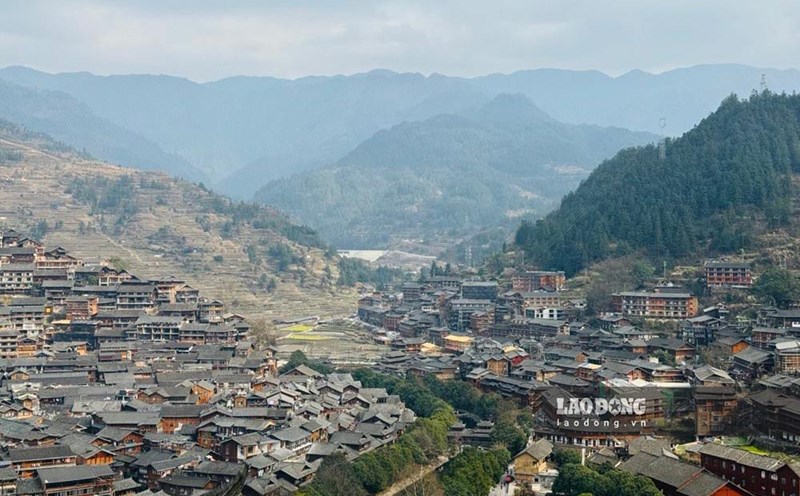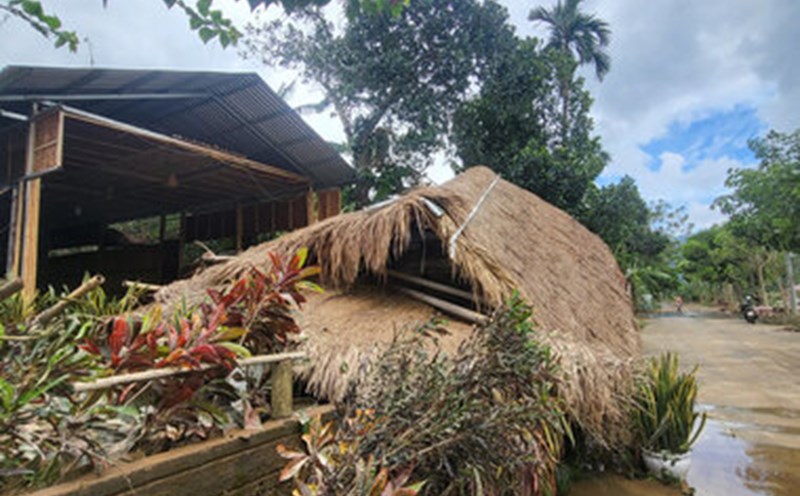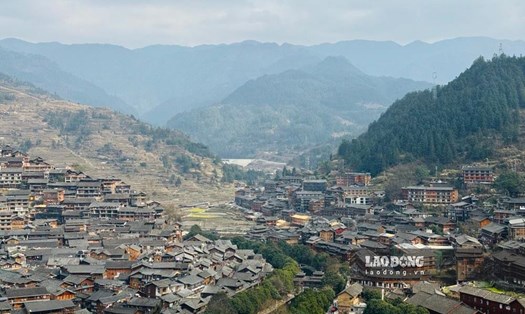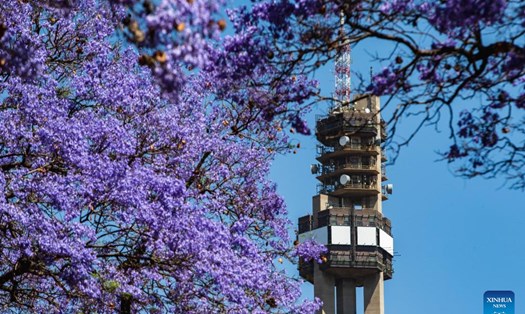Great Wall of China
The Great Wall was built in 220 BC, and it took thousands of years to complete. This is the largest military structure in the world and is also one of the Seven Wonders of the World. Today, the Great Wall has become a dream destination for all tourists who love Chinese culture, architecture and history.
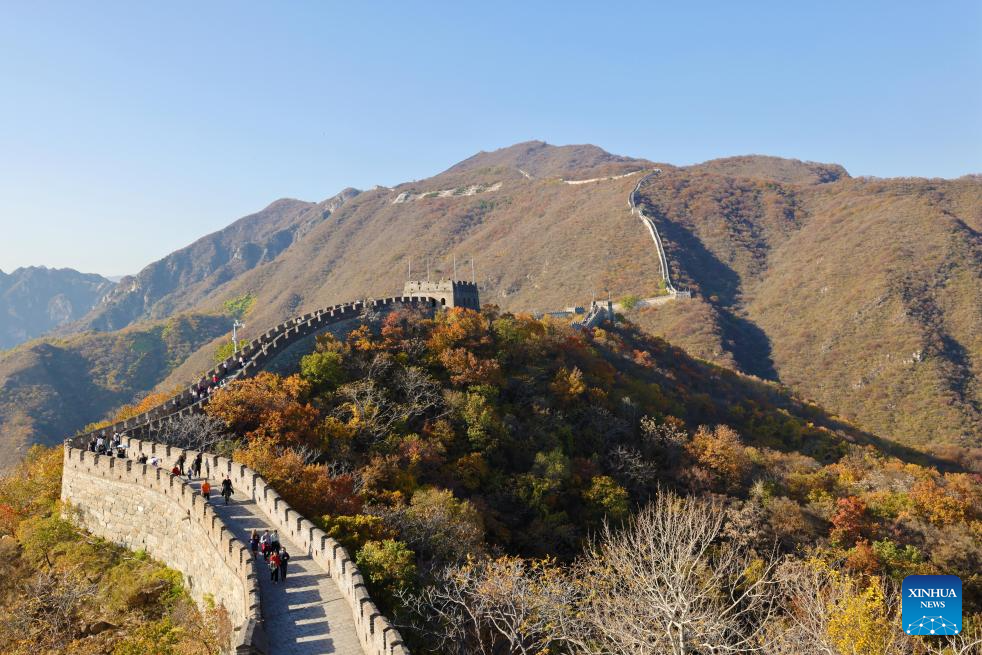
Sigiriya (Sri Lanka)
Sigiriya dates back to 477 AD and is one of the best preserved examples of urban planning in Asia, with an incredibly innovative water system feeding one of the world’s oldest landscaped gardens. When you visit Sigiriya, you’ll find the ruins of an ancient palace perched 180m above ground.
Angkor Wat (Cambodia)
Angkor Wat is Cambodia’s most visited tourist attraction and a great place to watch the sun set. Exotic plants growing inside the temple, saffron-robed monks and wild monkeys add to the allure of one of the world’s most impressive ancient ruins.
Gardens by the Bay (Singapore)
Gardens By The Bay has many famous attractions such as: Cloud Forest, Flower Dome and Supertree Grove. Visitors can come here in the late afternoon to admire the world's largest indoor waterfall then stroll through the orchid-filled garden at Flower Dome.
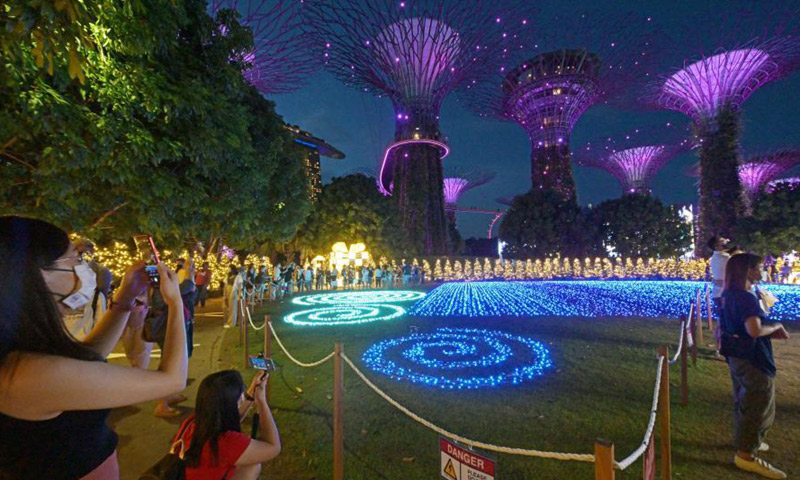
Taj Mahal (India)
One of the seven wonders of the world, this marble mausoleum is said to be the world's greatest love letter, built by Mughal emperor Shah Jahan in memory of his wife.
Today, the Taj Mahal temple still retains almost all of its original architecture with the main gate, church, mausoleum, garden and resort.

Punakha Dzong Fortress (Bhutan)
Built in the 17th century, this is Bhutan's second oldest and second largest Dzong, but arguably the most impressive is Punakha Dzong. The body of Bhutan's founder is kept in the central courtyard every winter.
The best time to visit this place is in spring, when the purple jacaranda trees bloom, creating a beautiful contrast to the white, brown and yellow of the Dzong.
Hanifaru Bay (Maldives)
Located within the Baa Atoll UNESCO Biosphere Reserve, Hanifaru Bay is home to one of the world’s most unique and spectacular wildlife phenomena. Every year, from around May to November, the world’s largest schools of manta rays flock here to feast on plankton.
Hanifaru is strictly managed, so only a certain number of tourists can dive here at a time, offering a uniquely peaceful experience amid dozens and sometimes hundreds of manta rays performing acrobatics around you.

